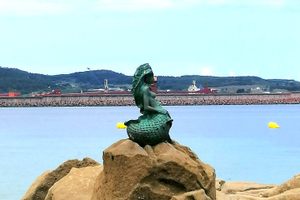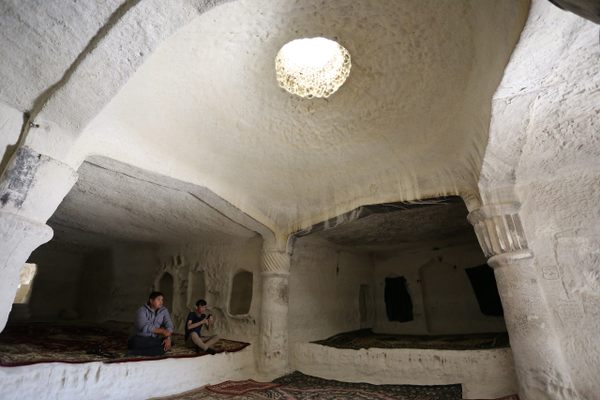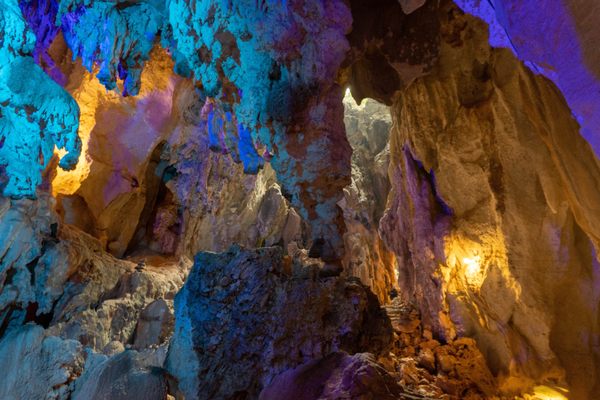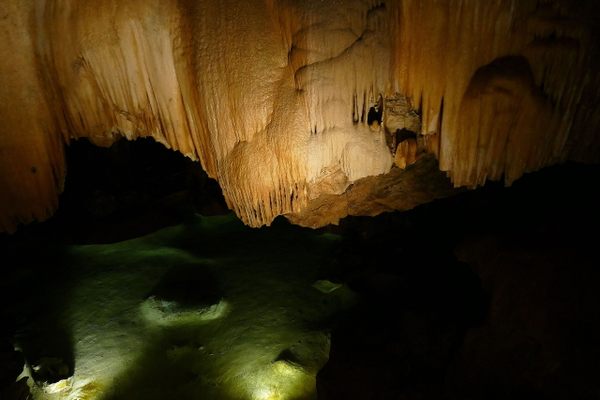About
Cuevas del Agua is a quiet and picturesque little village surrounded by mountains in Asturias in northern Spain. It is known for its typical horreos (Asturian granaries), which are an example of the traditional architecture of this area. To get here by car you must go on purpose, and taking local narrow roads. The surprise hits at the end of the trip, when you pass through a wide tunnel to access the village. But it is not an ordinary tunnel—when crossing it, you will see immense karst formations such as stalagmites, stalactites, streams, and other calcareous shapes that indicate that it is special sort of tunnel, but not excavated by man.
As its name suggests, La Cuevona (Spanish for "large cave") is a large karst cavity of about 300 meters in length that has been drilled through the centuries by a small stream. The water cuts a course through the limestone cliff, before it finally empties in the nearby river Sella.
The road through the cave was used as a pedestrian crossing to get to Cuevas for hundreds of years. As a consequence of its great width, in recent times it was decided to pave this road and build the RS-3 road that crosses the cavern.
Despite this, the cave preserves all its original structure that contains stalactites, stalagmites, columns, and flows. Some of these formations have curious shapes that the popular imagination has assigned special names such as "the devil's tongue" or the "beards of St. James." The small stream that caused the cavity continues peacefully running parallel to the road. In the cave, despite the human presence, there are still animals typical of the caves such as the blind salamander, frogs, and even some bats.
Related Tags
Know Before You Go
Despite being in a very urbanized area and being located so close to the Cantabrian Highway, the access to La Cuevona is certainly difficult. Coming from Oviedo on the A-8, take exit 326 and then take RS-341 and RS-2 (both narrow neighborhood roads). From Santander, turn off at exit 319 and skirt the Sella river until its mouth at sea in Ribadesella and then return also by the RS-2. Although the cave can be crossed by car, it is recommended to park your vehicle in a small parking lot at the entrance of the cave. Another way to get there is by FEVE narrow gauge train since, curiously, the town of Cuevas has a small stop where we must notify the driver to stop there if we want to get off.
Published
October 14, 2021





































